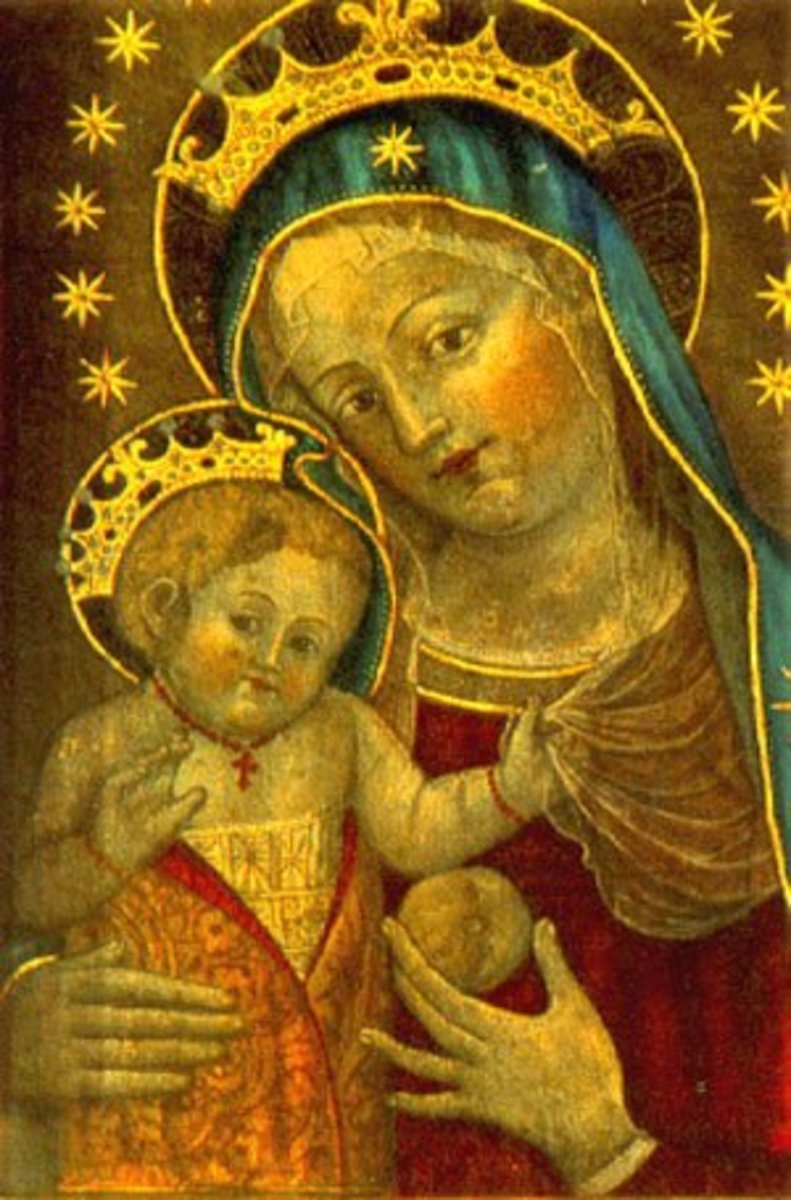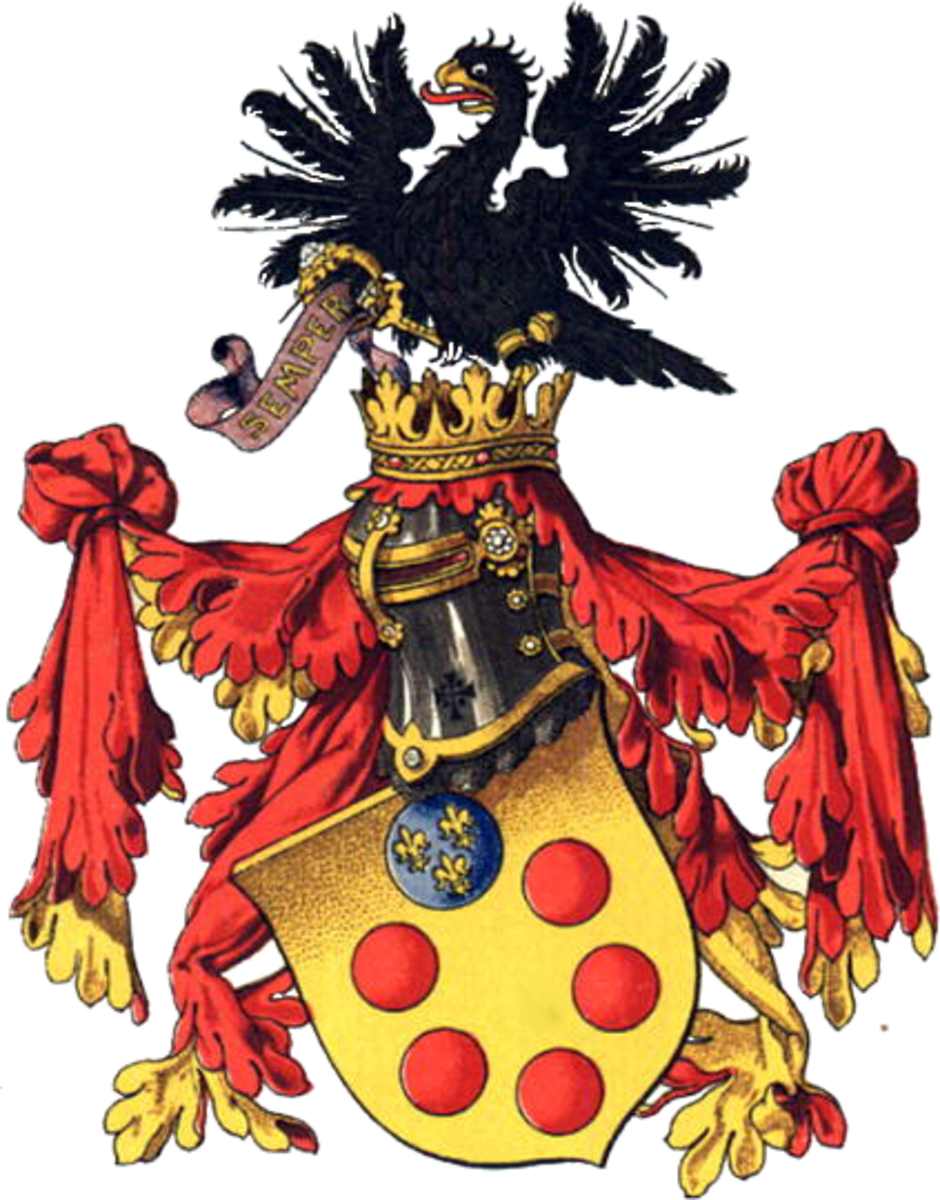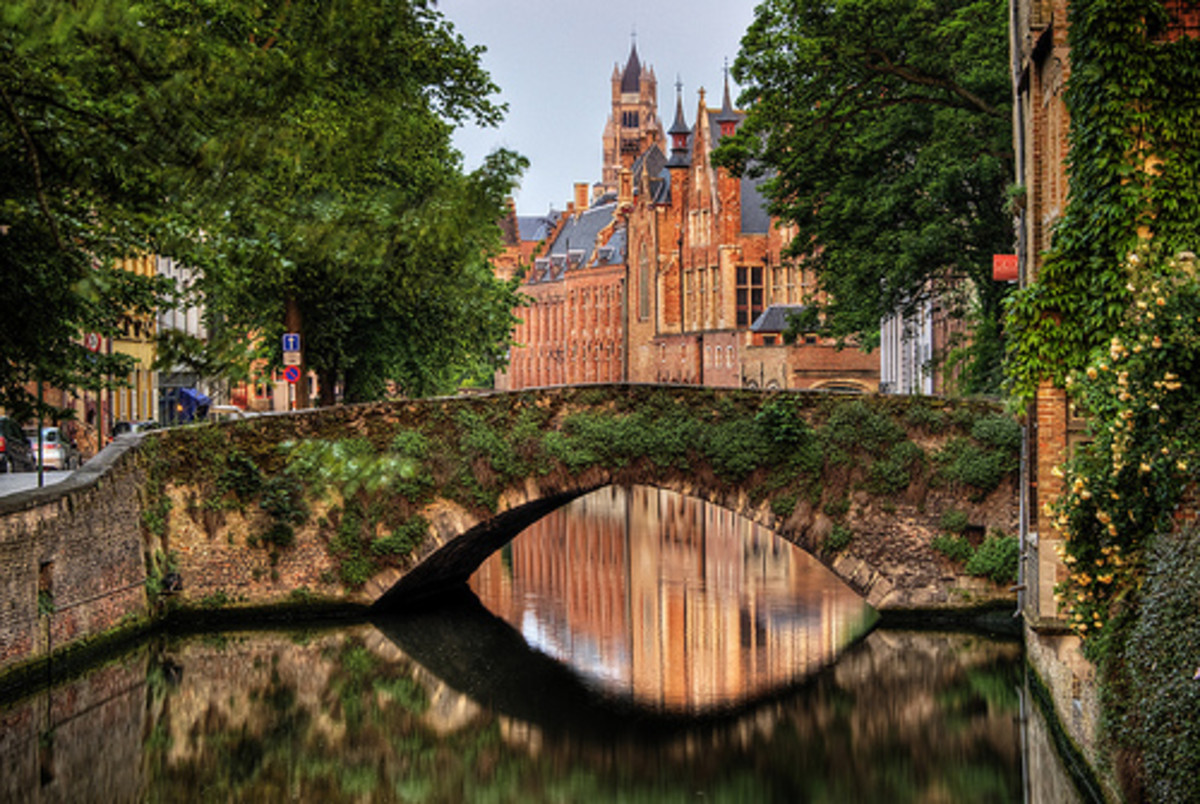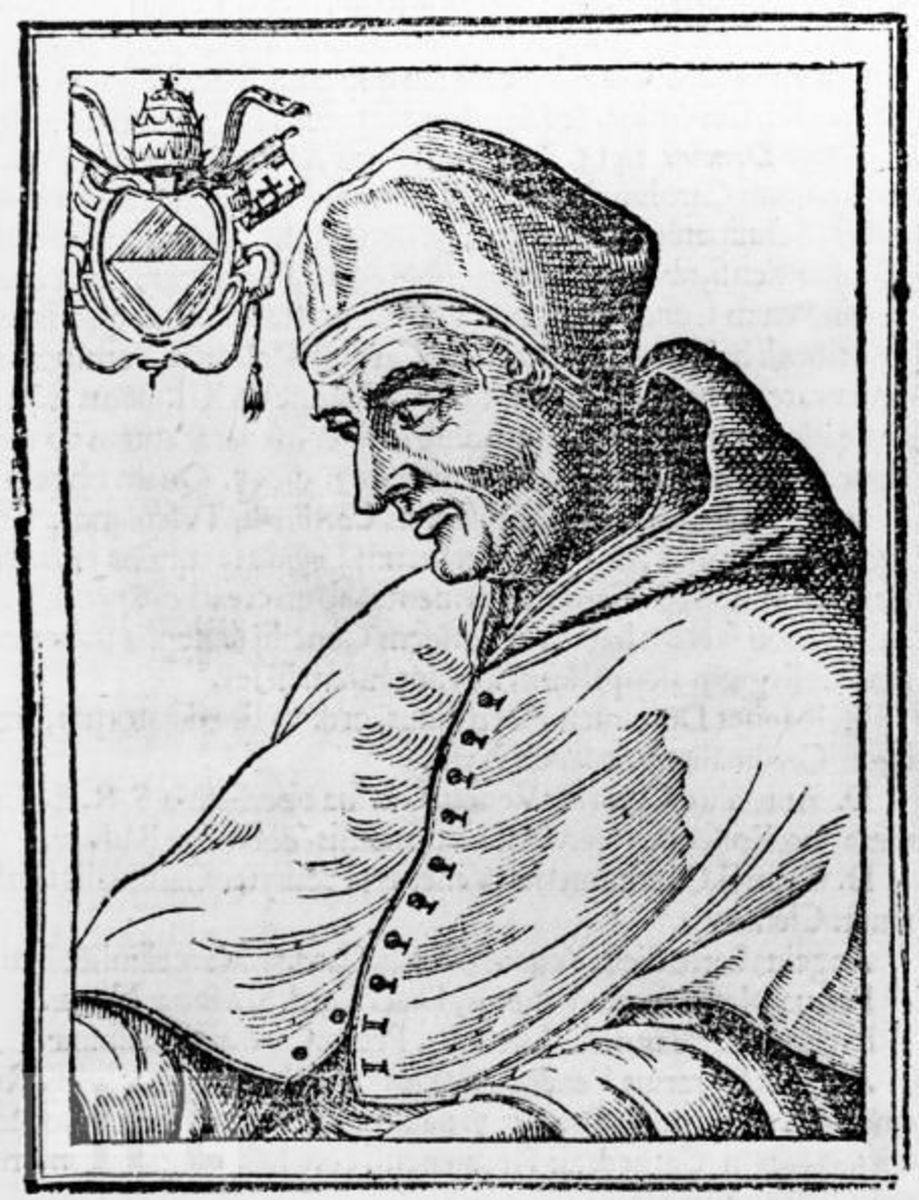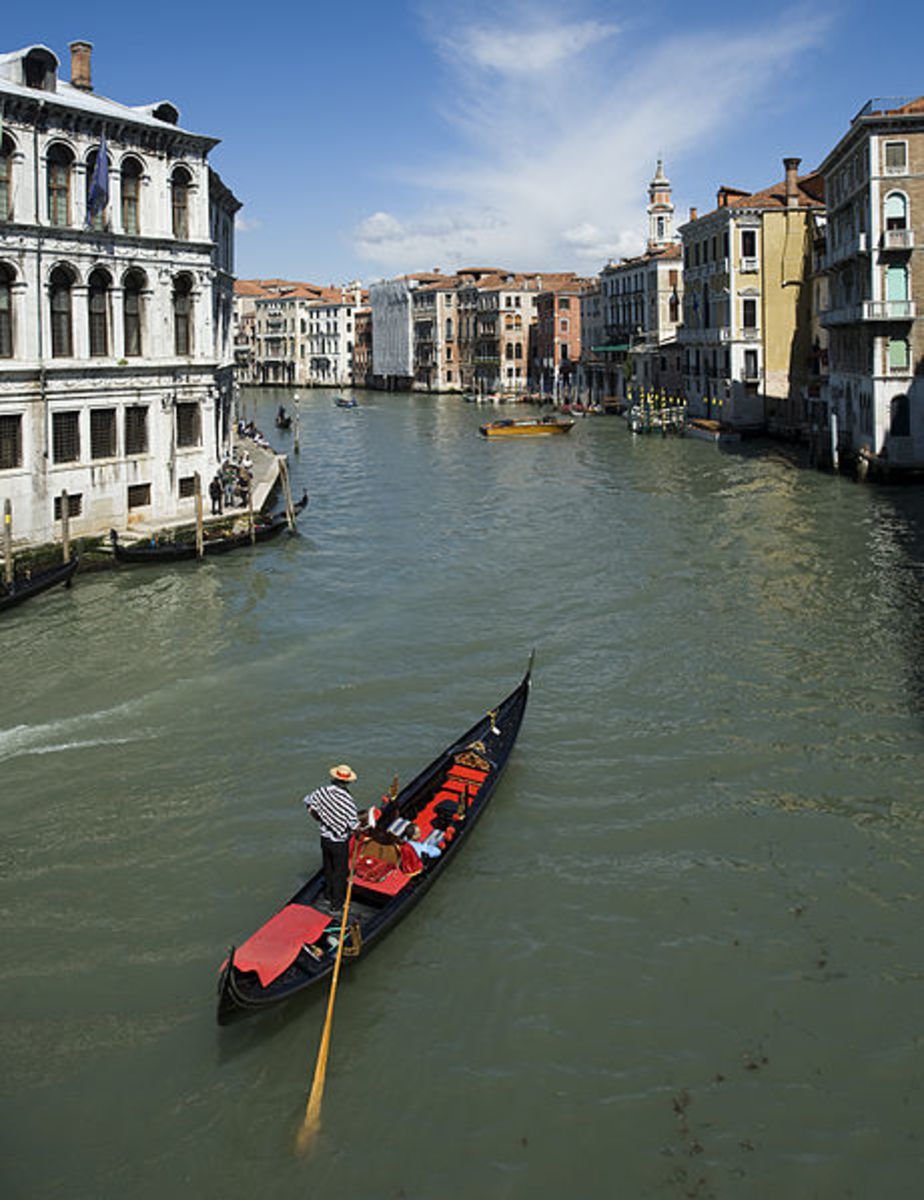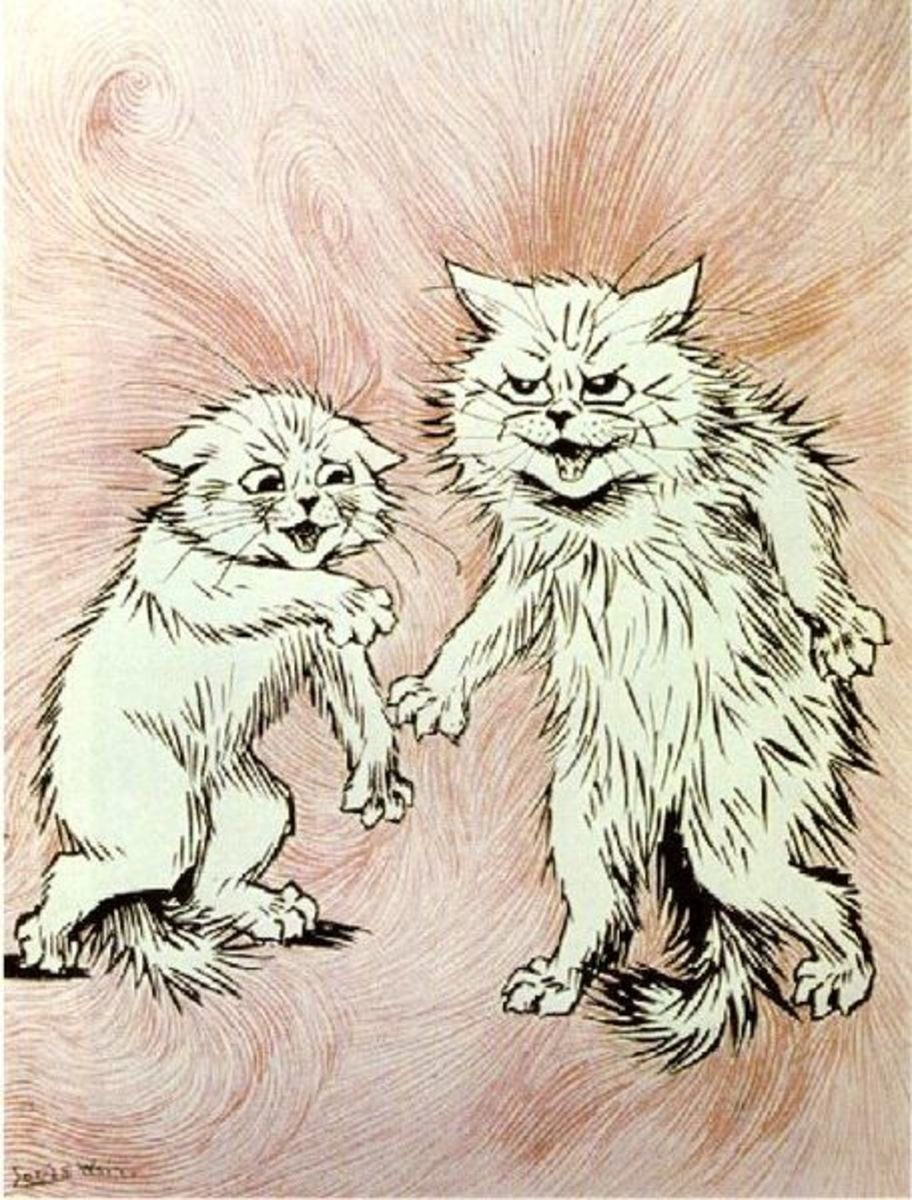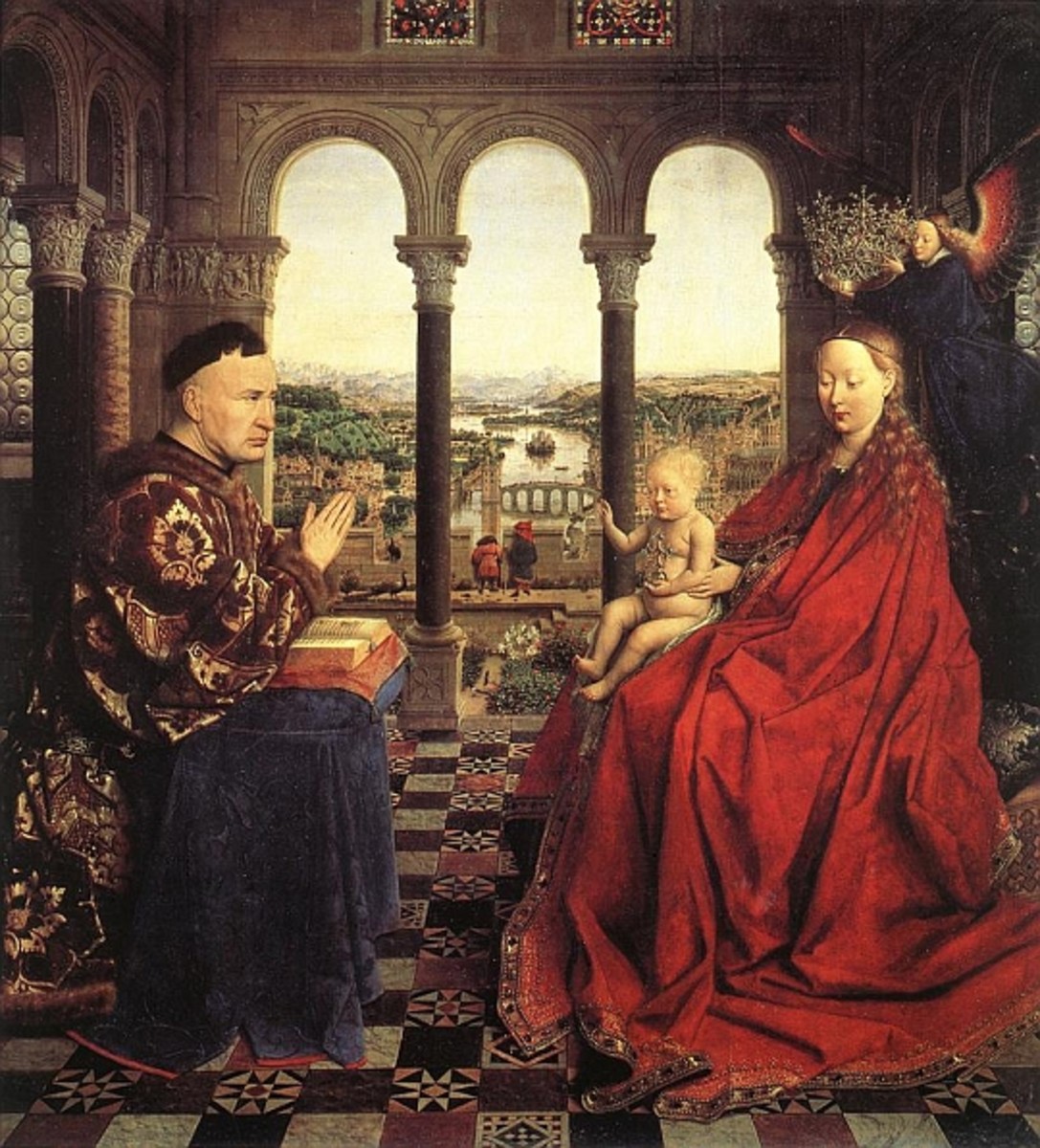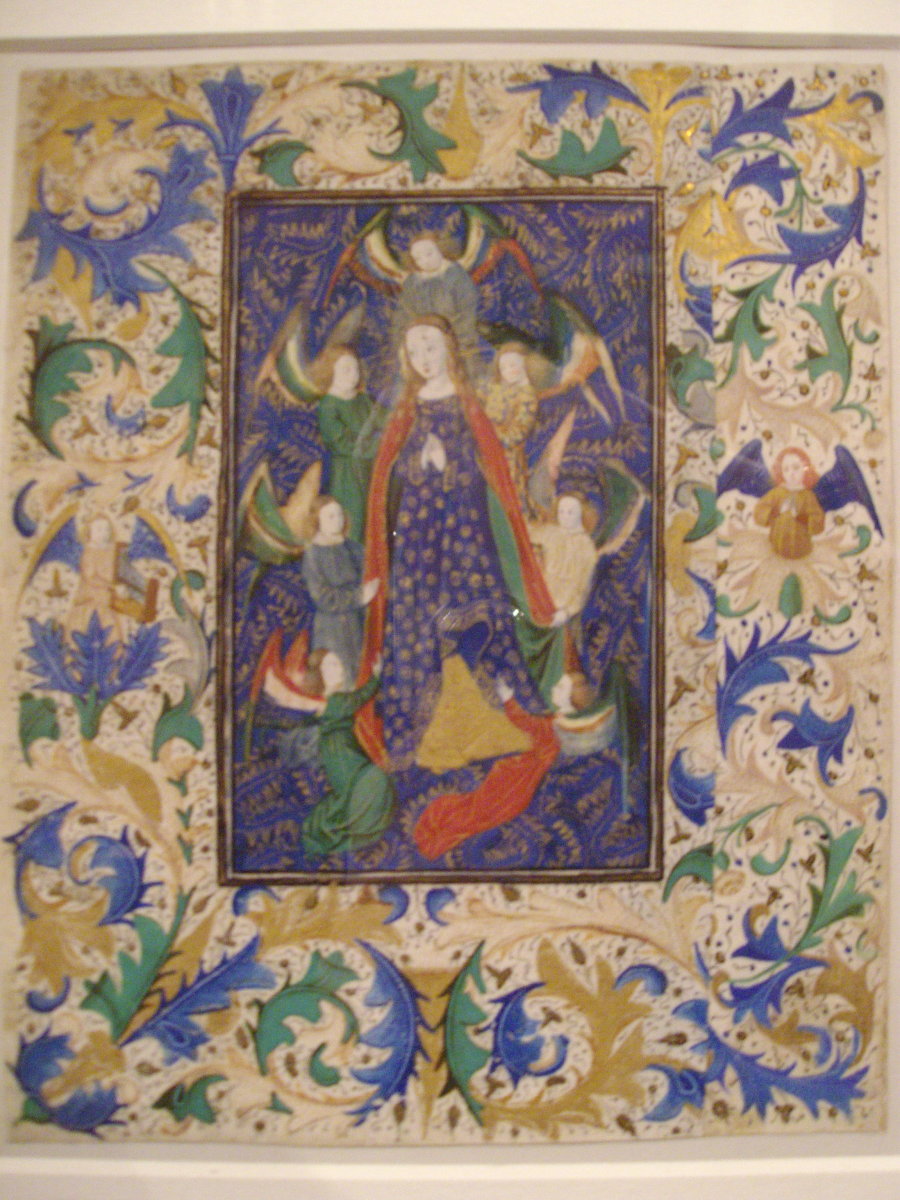15th Century Renaissance Art in Northern Europe
The Renaissance is a period in western history that saw a revival of art as an integral part of culture. During the Middle Ages, art was a luxury that most people, even the wealthy were not that much interested to because of the constant struggles over land, power, and politics. Besides the Catholic Church who could devote on the luxury of art, nobody was interested on this endeavor. During the succeeding decades that followed, Europe began to have a more stable political system that allowed most people to once again indulge themselves to art. Thus, Renaissance occurred into several phases and not something that happened over night.
The first phase of renaissance, also known as the proto-renaissance began in Italy around 1150. This era represents the variety of medieval art and started the foundation to which renaissance art would blossom. Second phase was the 15th century Italian art also known as the ‘early renaissance’ that occurred between 1417 and 1494. Florence, Italy became a melting pot of art works and artists. Third phase was the 16th century Italian art better known as the ‘high renaissance’ and ‘late renaissance’ where art flourished in Venice that brings about a new type of artistic school—Mannerism. Lastly, the fourth period was the renaissance in Northern Europe (Esaak, Art History 101—The Renaissance, http://arthistory.about.com).
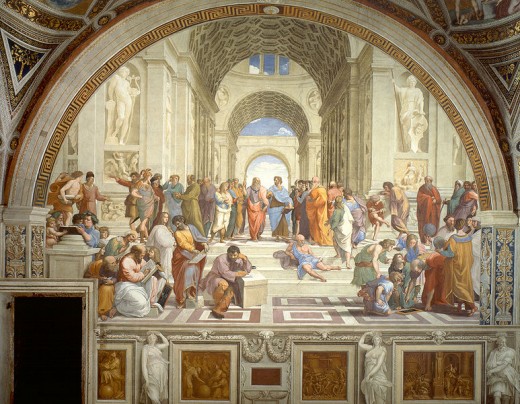
Why Florence?
Renaissance art first thrived and fully developed in Italy, particularly in Florence because of the political stability and strong economy that the city enjoyed. Florence during the 15th century was a self-governed, independent state with an estimated population of 60,000. Florence’s commercial success could be attributed to its twelve artist guilds that are in charge of regulating trade. These members are also the wealthiest and influential people of Florence who hold high positions in society and politics. Florence prospered not just because of its strong politics and economy, but is largely attributed to its political philosophy of dedicating itself towards the welfare of its people (Witcombe, Focus in Florence, http://witcombe.sbc.edu). Because of the political stability and the prosperous economy, people of Florence were able to devout some of its time towards the pursuit of art which was considered during that time as a luxury.
In terms of the cultural aspect, during proto-renaissance, several wealthy and influential families in Italy are known to be artist-friendly. These people were serious in outcompeting with each other for the most elaborate adornment which not only kept artist employed, but attracted other people with artistic inclination to develop and hone their skills and talents toward the pursuit of art. But what really made Florence develop its art is because the city was a welcome venue for both artists and philosophers alike. Breaking free from the church dogma, humanists and humanist thinking flourished through exchanging of ideas and it was through this exchange of scholarly philosophies that made its art more vibrant.
Another is the influence of the Medici who single-handedly adorned the churches and other public structures with frescos, murals, sculptures and elaborate architectures. Their influence in Florence and power in terms of influence were welcomed with such delight by the Florentines. Spending that much amount of money for art further captivated artist to flock in Florence in pursuit of such lucrative business. Lastly, Artists in Florence were no longer considered as mere artisans but like modern artists of today who enjoyed fame and prestige for their work (Esaak, Early Italian Renaissance Art—How Florence Got a Competitive Edge, http://arthistory.about.com) thus allowed master artists to further improve and hone their craft. And to continue with their legacy, they took under their wings emerging artists to whom they saw potential for greatness.
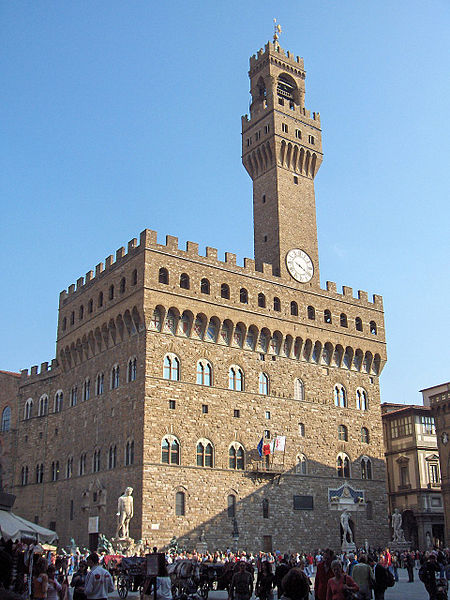
Characteristics of Renaissance Art
Renaissance paintings were the illustration of the humanistic ideals that proliferated in Florence during the 15th century. True to the philosophy of humanism that men have God-given reasons, renaissance artist ensured that the figures in their paintings are done with great attention to detail to create depth and make them look more life-like and realistic with backgrounds of the natural world. The renaissance artists and their clientele wanted art that depicts and celebrate the good things in life such as joy in human beauty and pleasures of life. This is in stark contrast with Middle Age art wherein the subject of the paintings are saints and biblical figures mostly done in geometric groups with nothing for the background but washes of gold (Dowling, Renaissance Art, http://www.mrdowling.com & Annenberg Media, Renaissance, http://www.learner.org).
Renaissance artists also made a very unique innovation by using perspectives to create depth in their painting. Perspective or linear perspective is the difference in size of an object or subject in relation to its position in the painting in such a way that a smaller object appears to be far away while a bigger object appears to be closer to the viewer (Dowling, Renaissance Art, http://www.mrdowling.com & Annenberg Media, Renaissance, http://www.learner.org).
Another characteristic of renaissance art in general is the use of chiaroscuro to make an object or subject appears more full and real. Chiaroscuro is the use of light and shadow through color without using an outline. This is again in contrast from the Middle Age arts wherein the painters would use only solid colors for the background that make the paintings appear flat and myopic (Annenberg Media, Renaissance, http://www.learner.org).
Lastly, what gives renaissance art character and makes them interesting is the added detail in the background which was lacking on Middle Age arts. Prior to renaissance, artists of the Middle Ages put their focus solely on the subject or subjects of the painting thus the washes of gold for background. But with renaissance painters, their works are often filled with more objects that are accurately depicted based on the perspective of the main subject/ subjects. This not only made their works more pleasing to the viewers but made their work richer and interesting in such a way that people of Florence clamored and marveled at their works (Annenberg Media, Renaissance, http://www.learner.org).
15th Century Artists
- Tommaso di Giovanni: a Reflection on his Works
One of the greatest master painters that had lasting impact and influence on succeeding artists is Masaccio. Born Tommaso di Giovanni on 21 December 1401 to Giovanni di Mone and Jacopa di Martinozza in present day Tuscany, he grew up to be one of the - Andrei Rublev: Russian Art Movements
Russian art have been largely defined by the religious and cultural tradition of the country as seen through its history.
Bibliography
Angelfire.com. Tommaso Cassia [Masaccio] Biography. Art during the Italian Renaissance. N.d. Web. 27 June 2010.
Annenberg Media. Renaissance. Interactives. 2010. Web. 27 June 2010.
Dowling, Mike. Renaissance Art. The Renaissance. 05 January 2005. Web. 27 June 2010.
Esaak, Shelley. Art History 101—The Renaissance. 2010. Web. 27 June 2010.
Esaak, Shelley. Early Italian Renaissance Art—How Florence Got a Competitive Edge. 2010. Web. 27 June 2010.
Kren, Emil and Marx, Daniel. The Madonna and Child with Saint Anne. Web Gallery of Art. N.d. Web. 27 June 2010.
“Masaccio’s Holy Trinity”. Smart History. N.d. Web. 27 June 2010.
S9.com. Masaccio. Biographies. 20 June 2001. Web. 27 June 2010.
Witcombe, Christopher. Focus in Florence. Art History. February 2010. Web. 27 June 2010.

